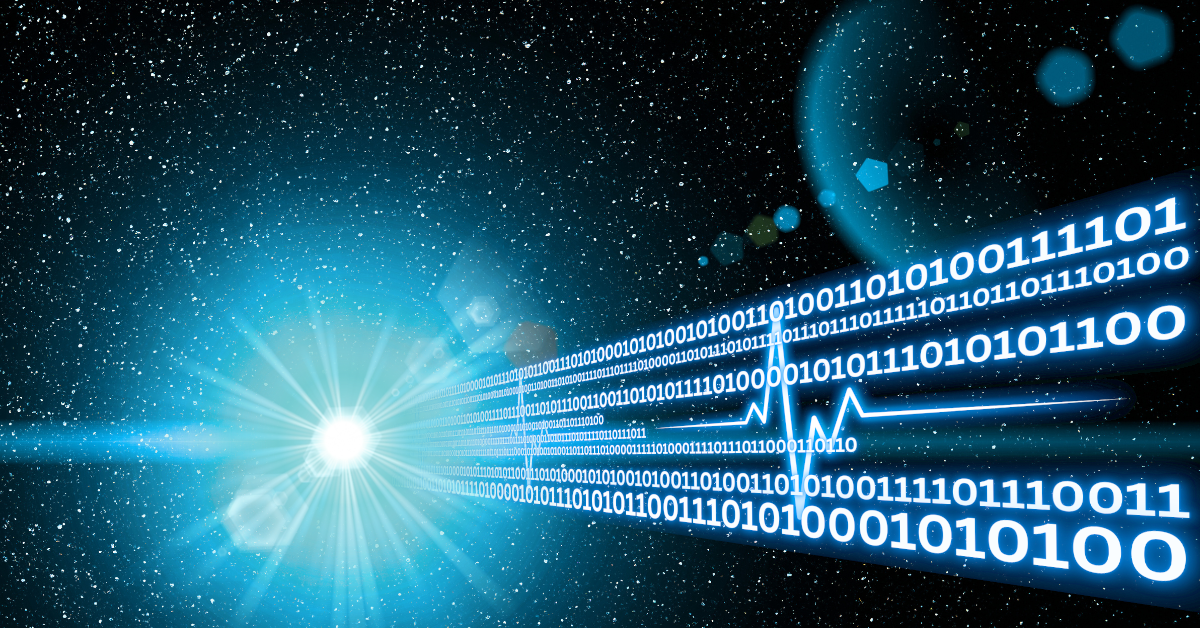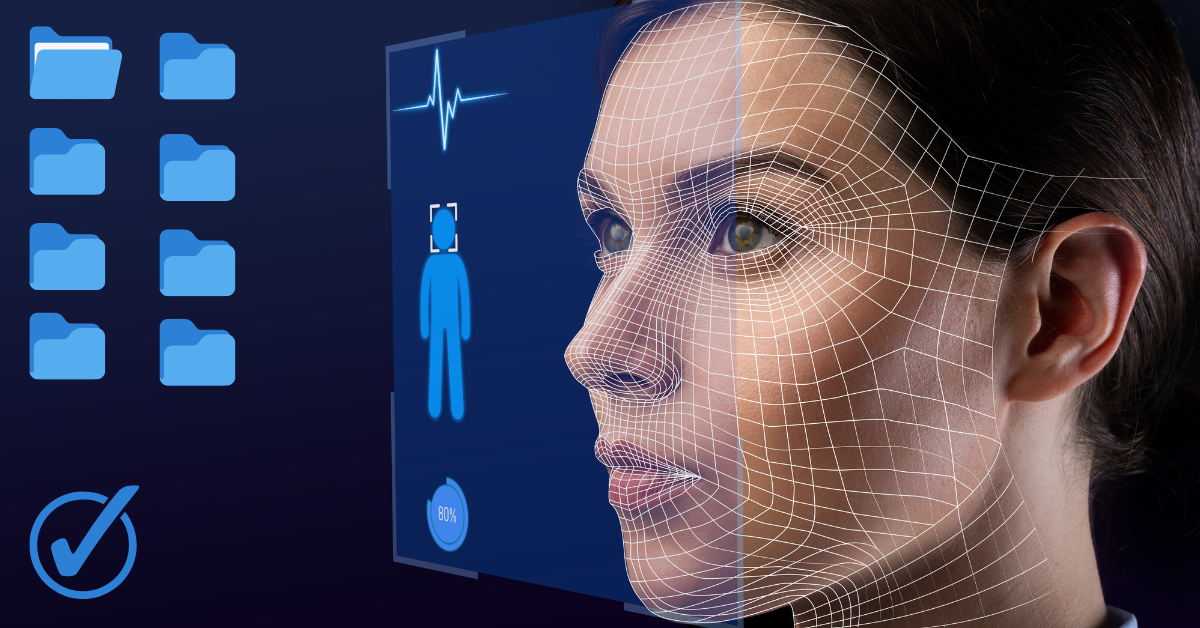Categories
Imagine unlocking your phone with a glance or logging into your bank account with a fingerprint. These are examples of biometrics—technology that uses unique physical traits, like your face or voice, to verify your identity. But what happens if someone tries to trick the system with a photo of your face or a fake fingerprint?
That’s where liveness detection comes in. This technology ensures the biometric data comes from a real, living person, not a fake. In this article, we’ll break down liveness detection step by step, explaining how it works, why it matters, and where it’s used, all in a way that’s easy to understand for beginners.

Biometrics is like a high-tech lock that uses parts of your body—your face, fingerprint, iris, or voice—as the key. These traits are unique to you, making biometrics a secure way to prove who you are. However, fraudsters can try to “spoof” these systems by using things like printed photos, silicone fingerprints, or recorded voices to mimic you.
Liveness detection is the extra layer of security that checks if biometric data comes from a live person. Think of it as a guard who not only checks your ID but also makes sure you’re physically present and not a robot or a fake. Without liveness verification, biometric systems would be vulnerable to tricks, undermining their reliability.
Liveness detection uses technology to spot signs of life that fakes can’t replicate. It’s like a detective looking for clues—maybe the way your eyes blink or the warmth of your skin—that prove you’re real. There are two main approaches: active and passive, plus a combination called multimodal.
Active liveness detection asks you to do something specific, like blink or smile, to prove you’re not a photo or video. These actions are hard for fakes to copy because they require real-time, natural responses.
The system might say, “Blink twice” or “Say a random word.” If you follow the instruction, it knows you’re live.
Cameras watch for natural movements, like how your head tilts slightly or your eyes move, which static images can’t mimic.
When you set up facial recognition on your phone, it might ask you to turn your head left and right to confirm you’re not holding up a picture.
Passive liveness detection works quietly in the background, analyzing your biometric data without asking you to do anything. It uses special tools to look for signs of life that fakes don’t have.
Advanced cameras check if your face has the tiny details of real skin (like pores) or the 3D shape of a real head, unlike a flat photo or screen.
Some systems use infrared to detect the warmth of living skin, which masks or plastic fakes lack.
Certain devices can sense your pulse through subtle changes in skin color or light reflection, proving you’re alive.
Many systems combine active and passive methods for extra security, a strategy called multimodal liveness detection. For example, a phone might check your face’s 3D depth (passive) while asking you to smile (active). Some even use multiple biometrics, like your face and voice together, to double-check liveness.
Why It’s Stronger: Combining methods makes it harder for fraudsters to fool the system.
Real-World Use: Airport kiosks might scan your face’s depth and ask you to look at a specific point on the screen.
Infrared Cameras: Detect heat or see haemoglobin, a protein in blood that absorbs near-infrared light.
3D Sensors: Measure the shape of your face or finger to ensure it’s not flat like a photo.
Multispectral Imaging: Looks at your skin under different light wavelengths to see details fakes can’t replicate, like blood under the surface.

Pattern Recognition: AI programs, like neural networks, study images or sounds to spot fakes. For example, they might notice unnatural edges on a mask.
Behavior Analysis: AI checks if your movements, like blinking or speaking, look natural compared to how real people move.
This is like a super-smart filter that picks out tiny clues, such as slight color changes in your face caused by your heartbeat.
It helps the system focus on biological signals and ignore distractions, like background noise.
Even with advanced technology, liveness detection isn’t perfect. Here are some hurdles it faces, along with why they matter:
Fraudsters are getting better at faking biometrics. For example, they might use 3D-printed masks, deepfake videos (AI-generated fake faces), or lab-made fingerprints that mimic real ones.
Not all devices have high-quality cameras or sensors. A cheap phone might struggle to detect liveness accurately, especially in dim light.
Active methods, like being asked to blink or speak, can annoy users if they take too long or fail for no clear reason.
High-end sensors for passive detection can be pricey, making it hard to include in budget devices.
Liveness detection is everywhere, protecting systems that rely on biometrics. Here are some common places you’ll find it:
Liveness detection is constantly improving to stay ahead of fraudsters. Here are five trends shaping its future:
Liveness detection is like an invisible shield, protecting the biometric systems we rely on daily. By ensuring that only real, living people can access phones, bank accounts, or secure buildings, it builds trust in technology. For beginners, it’s a reminder that even the simplest actions—like smiling at your phone—are backed by complex systems working to keep you safe. As spoofing threats grow, liveness detection and anti-spoofing technology will evolve, blending cutting-edge AI, affordable hardware, and user-friendly designs. In a world where our identities are increasingly digital, liveness detection is the key to staying one step ahead.